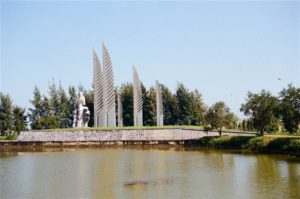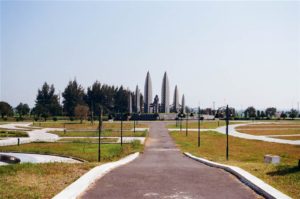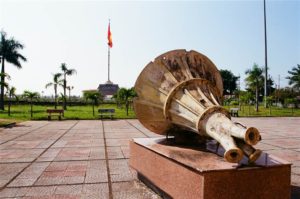Old-Time Vietnam – The DMZ
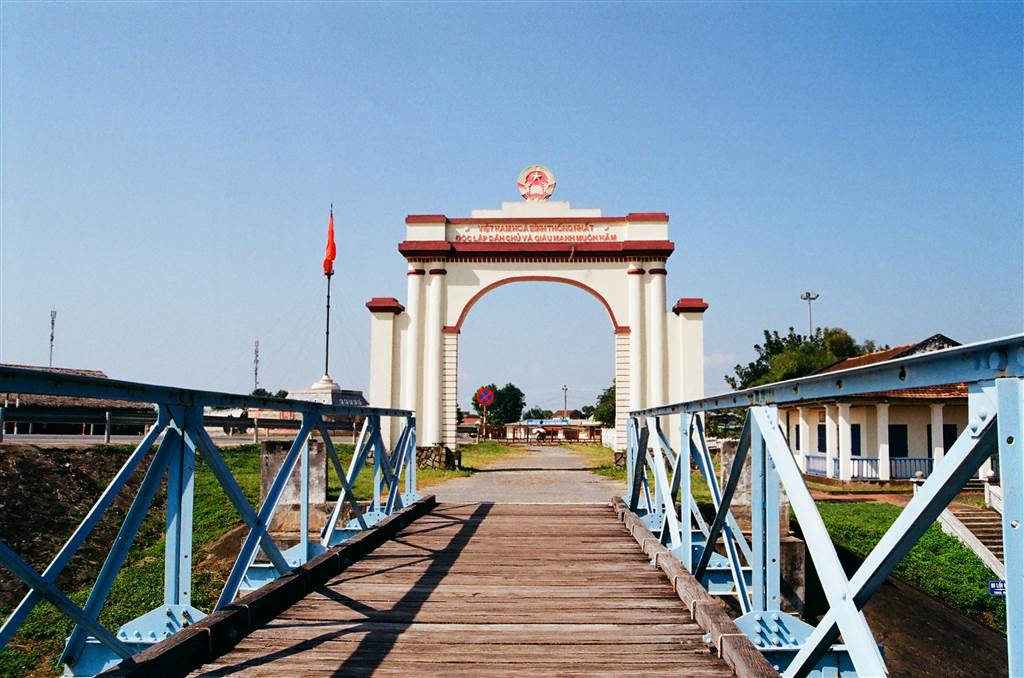
I asked Mr. T what he thinks of America.
“We have no problem with the American people. We don’t like the U.S. government.”
At some point, I asked also what he thought of China.
“We have no problem with the Chinese people. We don’t like the Chinese government.”
I thought that was the most diplomatic answer he could have given to a foreigner. Although, I do think that the American people are quite a different animal as compared to the Chinese people, at least when it comes down to Vietnam. The kind of brainwashing in Communist China does significantly affect the worldviews of the ordinary Chinese people. China’s current relationships with its Southeast Asian neighbors are rife with strife.
That said, of course, America’s official worldview does have its own arrogance and hypocrisies. But as it relates to Vietnam, I do think most ordinary Americans would have more nuanced views. After all, it was a painful chapter in America’s recent history. There have been decades of rethinking on the subject since as well.
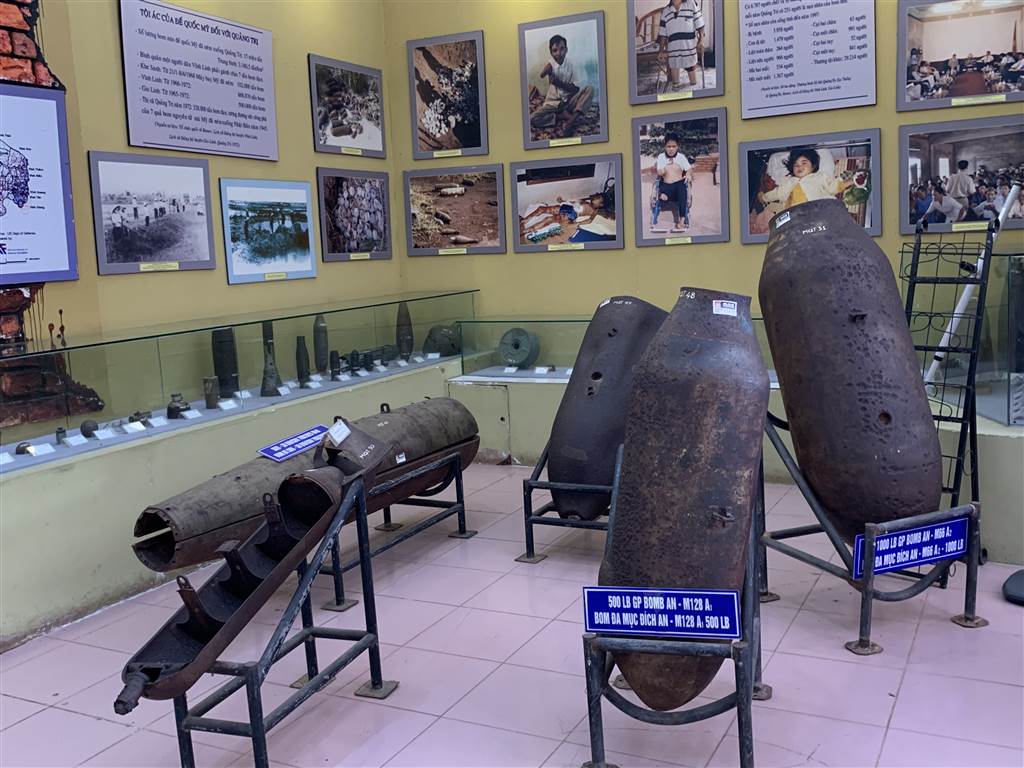
Photo: A Display at the Desire for Unification Exhibition Hall
The Split of Vietnam (1956 – 1975)
After the Battle of Dien Bien Phu, the Viet Minh (then the united front of the Communist Party of Vietnam) proclaimed victory against the French. The world powers met to discuss arrangements for both the Korean Peninsula and Indochina. It was at this time that France officially ended its influence in its former colonies in Indochina.
In the Geneva Conference of 1954, the powers decided that Vietnam would be split into North and South Vietnam. The Viet Minh would govern the North, while the former and last emperor of Vietnam, Bao Dai, would govern the South. The Geneva Accords signed at this conference also provided for a democratic election to take place in 1956 to determine which government would eventually govern a united Vietnam. Therefore the split of Vietnam was meant to be only temporary.
Other critical developments of the Geneva Conference of 1954 included the creation of Laos and Cambodia as independent states. This would turn out to bear critically upon developments in the Vietnam War. The parties signed ceasefire accords as they relate to Cambodia, Laos and Vietnam at this conference as well. As for Korea, the armistice was also signed.
For three hundred days after the Geneva Conference, there was a ceasefire. All sides were supposed to withdraw troops. Within the 300-day window, which the United Nations protected, people within all of Vietnam was free to move across the nation. And there was indeed lots of movement. One million North Vietnamese moved south. This has enabled North Vietnam to send spies down to the South. Some of the North Vietnamese that stayed in the South would end up fighting guerilla wars there. Meanwhile, 12-15,000 South Vietnamese followed the Communists and moved north. There would be no more moving after this 300-day window.
However, the vote never came, due to South Vietnam’s eventual refusal to hold the election. As a result of the failure in holding the election, Vietnam remained divided. Beginning in 1956 and for the subsequent two decades, there was a North Vietnam and a South Vietnam.
With this development, the DMZ became the actual political and ideological border between the Communist North and the Capitalist South.
The stage was thus set for the American War to come.

The Ben Hai River
The former border that divides North and South Vietnam was the Ben Hai River, running on the east-west direction somewhere south of the 17th Parallel. It extends from the border with Laos and reaches out to the South China Sea. The DMZ was a neutral zone, on a stretch of 5km north and south of the river, running uniformly throughout the former border.
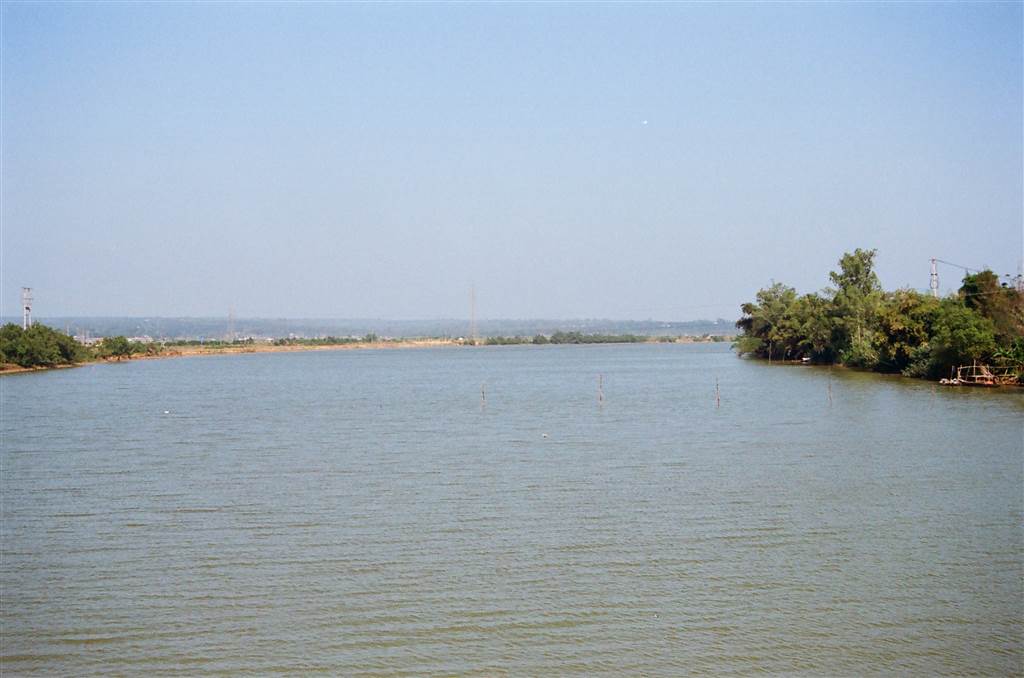
The DMZ at the 17th Parallel
There are quite a number of Demilitarised Zones still operating in the world today. The best known one is the divide between the two Koreas at the 38th parallel. The former divide between North and South Vietnam no longer has any military significance, because North Vietnam eventually took over all of Vietnam.
The Demilitarised Zones are somewhat of a misnomer. Although these zones are intended to be “an area in which treaties or agreements between nations, military powers or contending groups forbid military installations, activities, or personnel,” (Wikipedia) armed conflicts often broke out there. And for the 17th parallel in Vietnam, it had been a site of much atrocities.
The United States withdrew its forces from the DMZ in August 1971. Thereafter, in 1972, North Vietnam attacked the DMZ, occupied it and also Quang Tri.
The Hien Luong Bridge
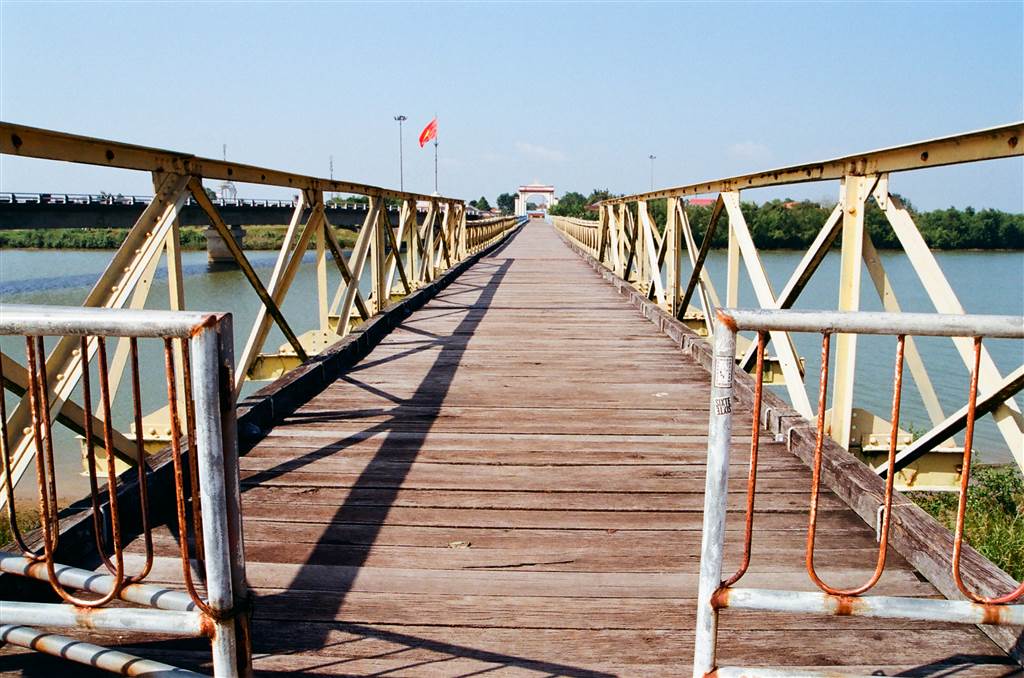
Photo: At the end of Hien Luong Bridge, one will come across the Welcome Gate in former North Vietnam.
The French were the first to construct the original Hien Luong Bridge in 1928. This bridge was the main means with which the Vietnamese people moved either north or south during the 300-day ceasefire period in 1954.
U.S. bombing in 1967 has resulted in the destruction of the original bridge.
During the time that Vietnam was divided, the Hien Luong Bridge bore the two colors of half red, and half yellow. This indicated the separation and demarcation of the two Vietnams. For the respective colors marked where the half ownership of the bridge began on the other side of Vietnam.
The bridge underwent restoration both in 1974, and in 2001, for the purpose of attracting tourism and preserving history. It is now in half yellow (south) and half blue (north) to indicate the reunification of Vietnam.
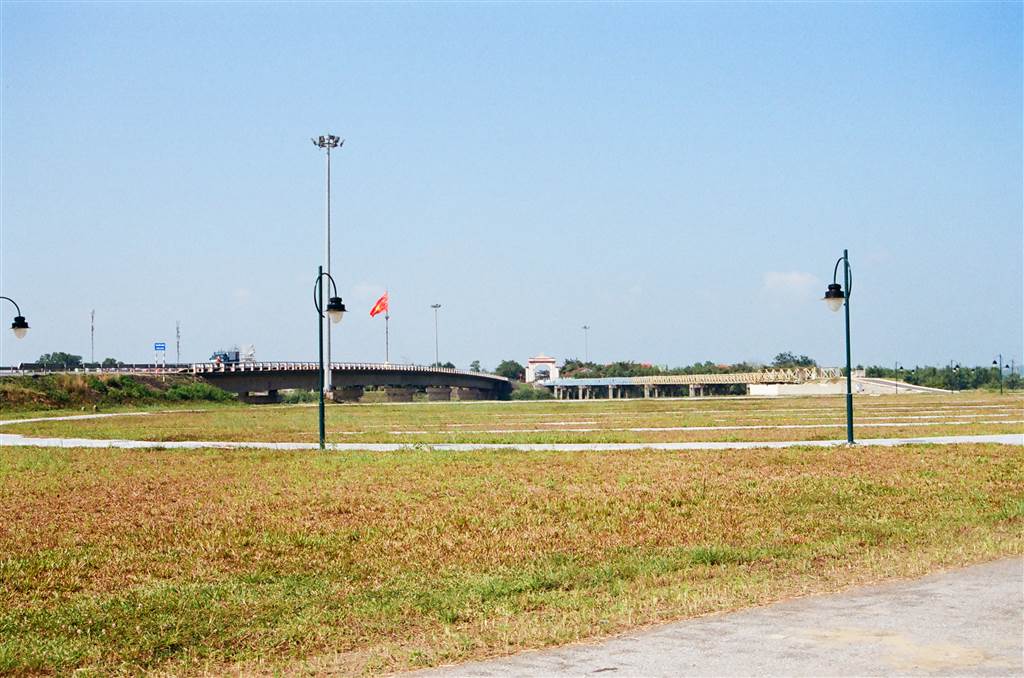
Photo: The Hien Luong Bridge only serves the tourists now. As shown in this photo, there is a proper highway that goes over the Ben Hai River now for all vehicular traffic.
Monuments and Relics
The Monument of Desire for a Unified Country
The Monument of Desire for a Unified Country stands on the southern bank. It features a young woman with her son longing for reunification with a loved one. The idea clearly appeals to the traditional values of family and national unity, rather than ideological persuasion. Although, as with everything at the DMZ, one cannot miss the clear expression of communist style architecture in this monument, I would say it reminds me of the Soviet Union even.
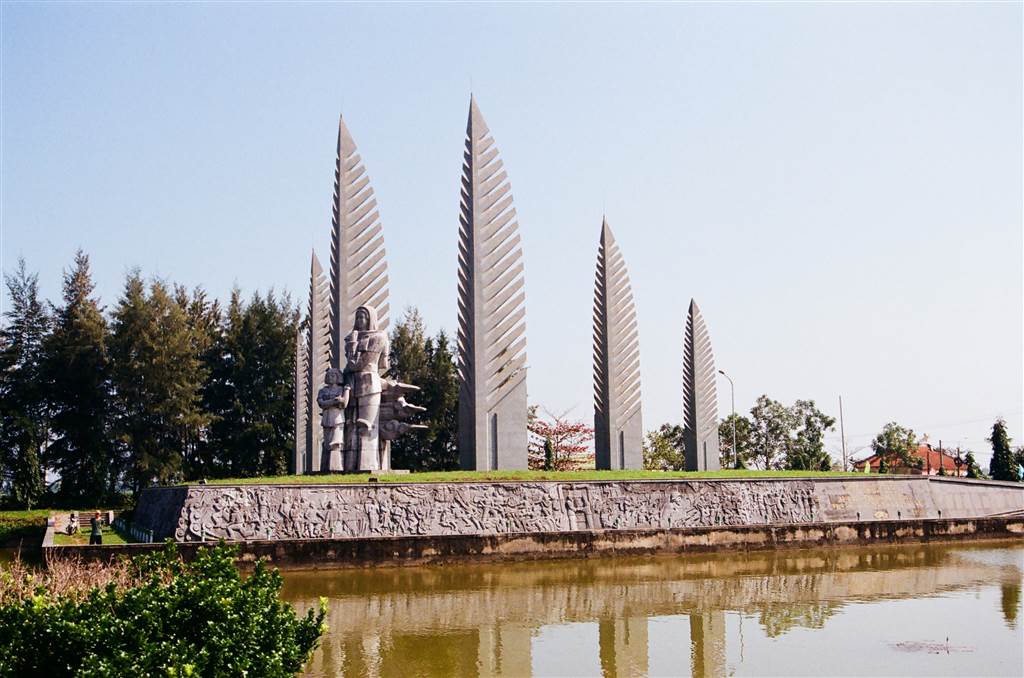
The Desire for Unification Exhibition Hall
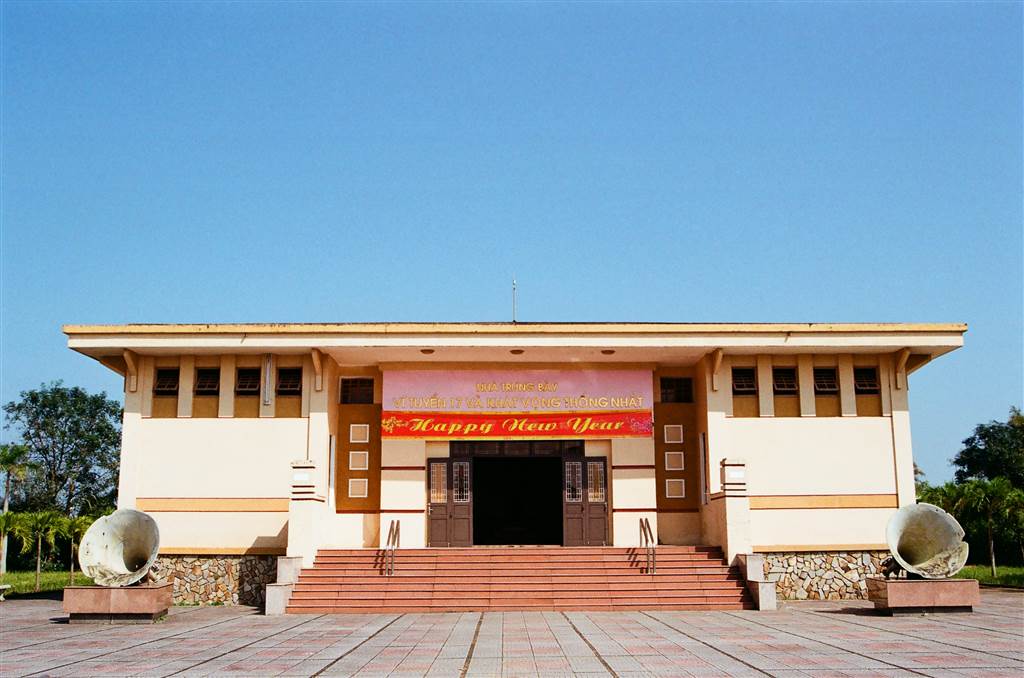
I like museums, and I thought this one was more interesting than the one at the Khe Sanh Combat Base. Certainly, both museums did come off as being too eager to flaunt victory. But ultimately, being able to unite Vietnam against the war machinery of the United States is unquestionably a feat of lasting significance. Propaganda aside, the least that one can take from the museum is the horrifying costs of war. That message was not lost amidst the endless and self-serving glorification.
I particularly liked this display of a woman sewing the flag. This was not just any flag, however. This was the original 9m x 12m flag that flew on the North Vietnam flagpole. I suspect that it was once the flag-fighting flag as well.
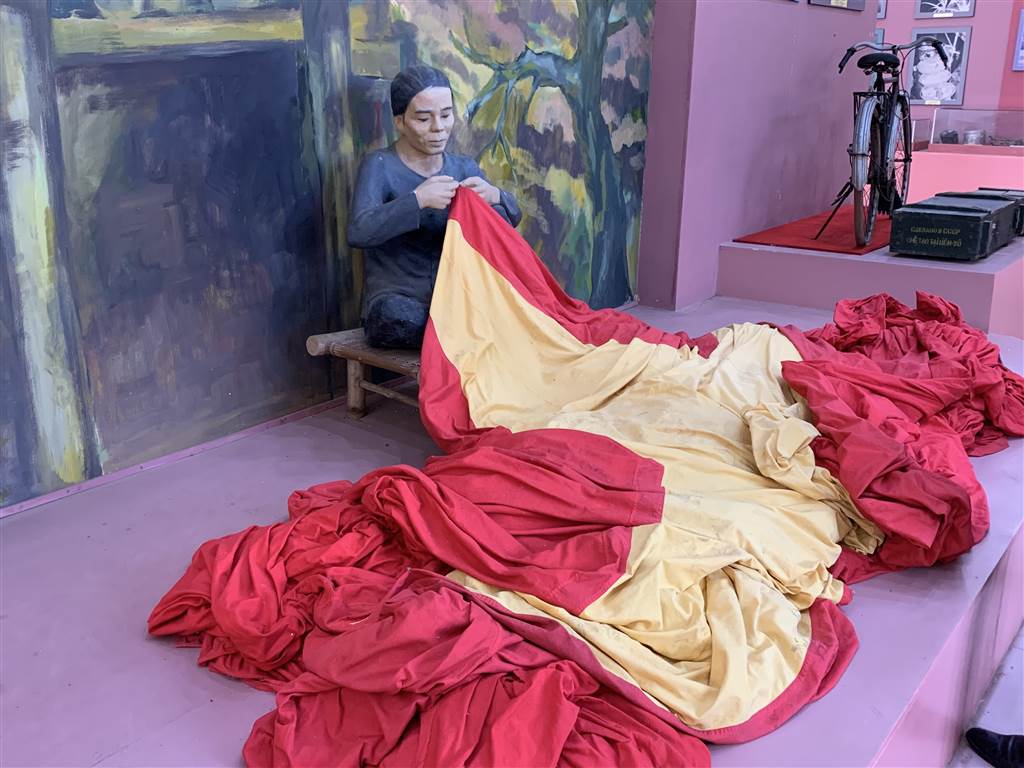
Because both South Vietnam and the United States periodically targeted the large flagpole, both the flag and the pole required consistent repair. The woman on display here won a title for her work in mending the flag.
The Flag Pole of the North
Now the national flag of Vietnam flies at all poles in Vietnam, and this one at the DMZ surely is a proud display of nationalism. The national flag features a bright red background with a lone gold star. The red stands for revolution and bloodshed; the star represents the key groups in Vietnam, as they are categorized in the country’s communist ideology.
Flag fighting also took place here between the North and the South. This reminds me of the same in the two Koreas.
Propaganda-Blasting Loudspeakers
Again, not unlike the practice of North Korea, the loudspeakers of the North Vietnam also played propaganda to the South continuously through these loudspeakers during the time of division. South Vietnam reciprocated by also playing its tunes to the North. These loudspeakers were the original.
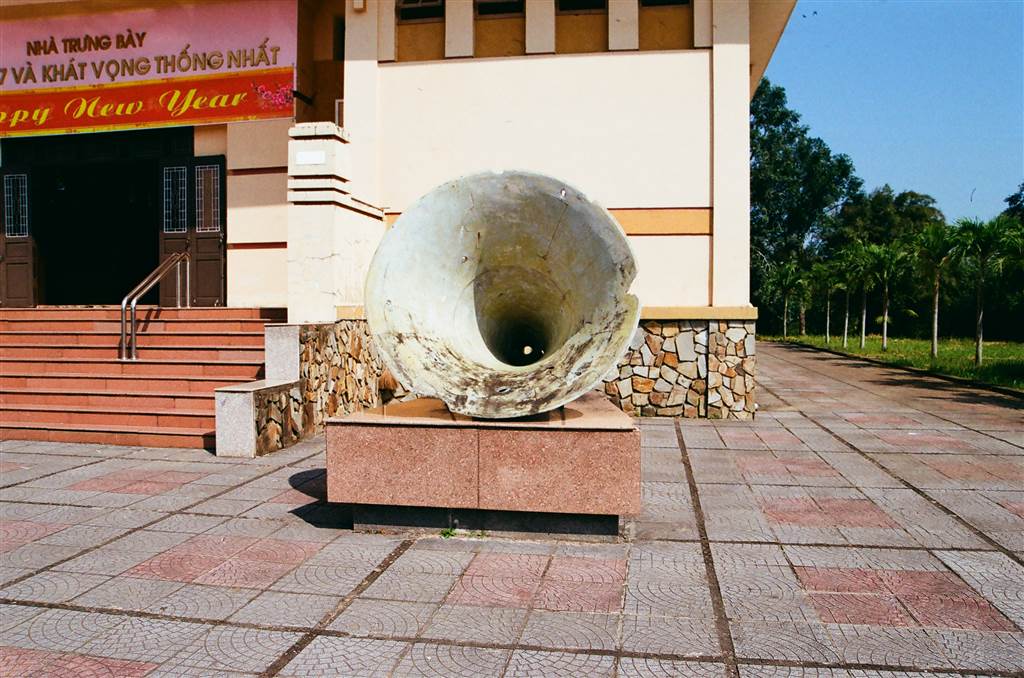
Sources
The Wikipedia on the Demilitarised Zone.
Ha Thanh, Once a Divided Nation: The River that Saw it All, VNEXPRESS.
The Wikipedia on the 1954 Geneva Conference.
The Wikipedia on the Hien Luong Bridge.
The Wikipedia on Flag of Vietnam.
The Britannica on the 17th Parallel.

